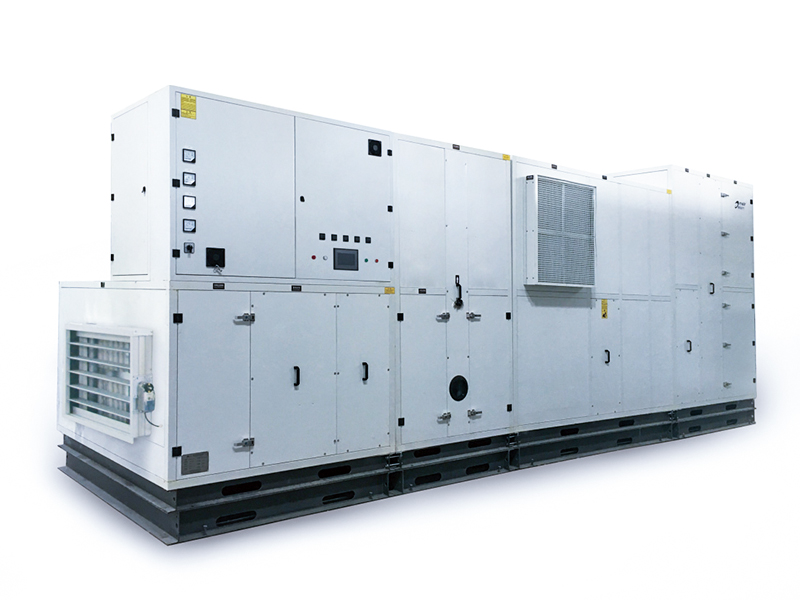Pharmaceutical dehumidifiers can automatically generate data records and reports through integrated monitoring and control systems. These systems are designed to capture environmental data, including humidity levels, temperature, and other relevant parameters, and then process this data to create records and reports. Here's how the process typically works:
1. Data Collection: The dehumidifier continuously collects data from various sensors and sensors integrated into the unit. These sensors measure parameters such as relative humidity, temperature, operating status, and alarms.
2. Data Logging: The collected data is logged at regular intervals, such as every minute or hour, depending on the system's configuration. This logged data is stored in a secure internal memory or storage device within the dehumidifier.
3. Data Processing: The dehumidifier's control system processes the logged data to calculate averages, maximums, minimums, and other statistical information over specific time periods. It may also check the data against pre-set alarm thresholds to detect any deviations.
4. Event Logging: In addition to continuous data logging, the dehumidifier may also record specific events, such as changes in operating modes, alarm activations, filter replacements, and system start-ups or shut-downs.
5. Report Generation: Based on the processed data and event logs, the dehumidifier's control system can automatically generate reports. These reports typically include real-time data, historical data trends, and information about system events.

6. Report Formats: Reports can be generated in various formats, such as PDF, Excel, CSV, or HTML, depending on the capabilities of the monitoring system. Some systems also provide customizable report templates to meet specific reporting requirements.
7. Scheduled Reporting: Users can often configure the system to generate reports on a predefined schedule (e.g., daily, weekly, monthly) or upon specific events (e.g., alarms). Scheduled reports can be sent to designated recipients automatically.
8. Remote Access: In systems with remote monitoring capabilities, users can access these reports remotely via a secure web portal or mobile app. This allows pharmaceutical facility personnel to monitor and analyze data even when off-site.
9. Data Backup: To ensure data integrity, many systems offer automatic data backup to prevent data loss in case of system failures or power outages. Backup data is typically stored in redundant memory or off-site servers.
10. Compliance and Validation: For pharmaceutical applications, the data records and reports generated by the dehumidifier may be designed to comply with regulatory standards, such as FDA 21 CFR Part 11, to ensure data accuracy, integrity, and security.
11. User Alerts: In addition to generating reports, the system can send automated email or SMS alerts to designated personnel if predefined alarm conditions are met, helping ensure timely responses to critical issues.
12. Long-Term Data Storage: Some systems offer long-term data storage solutions, archiving historical data for extended periods to support trend analysis and compliance audits.
Pharmaceutical dehumidifiers equipped with robust monitoring and reporting capabilities contribute to data-driven decision-making, regulatory compliance, and the maintenance of controlled environments necessary for pharmaceutical manufacturing, research, and storage. Users can leverage these features to monitor conditions, identify potential issues, and take corrective actions promptly.



 English
English 简体中文
简体中文